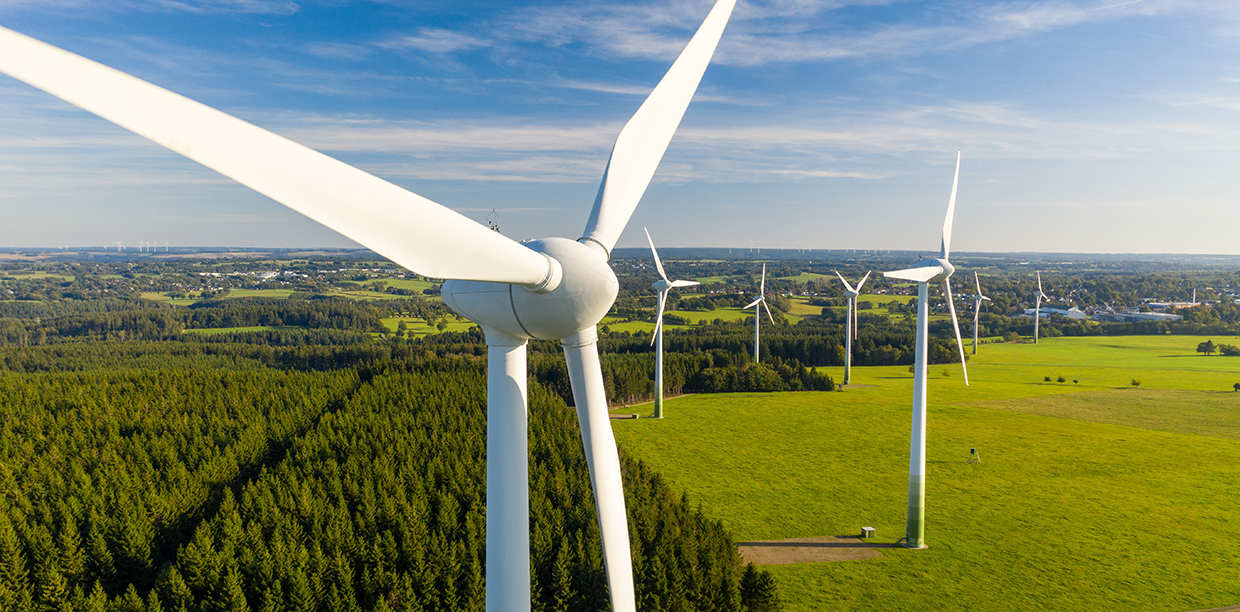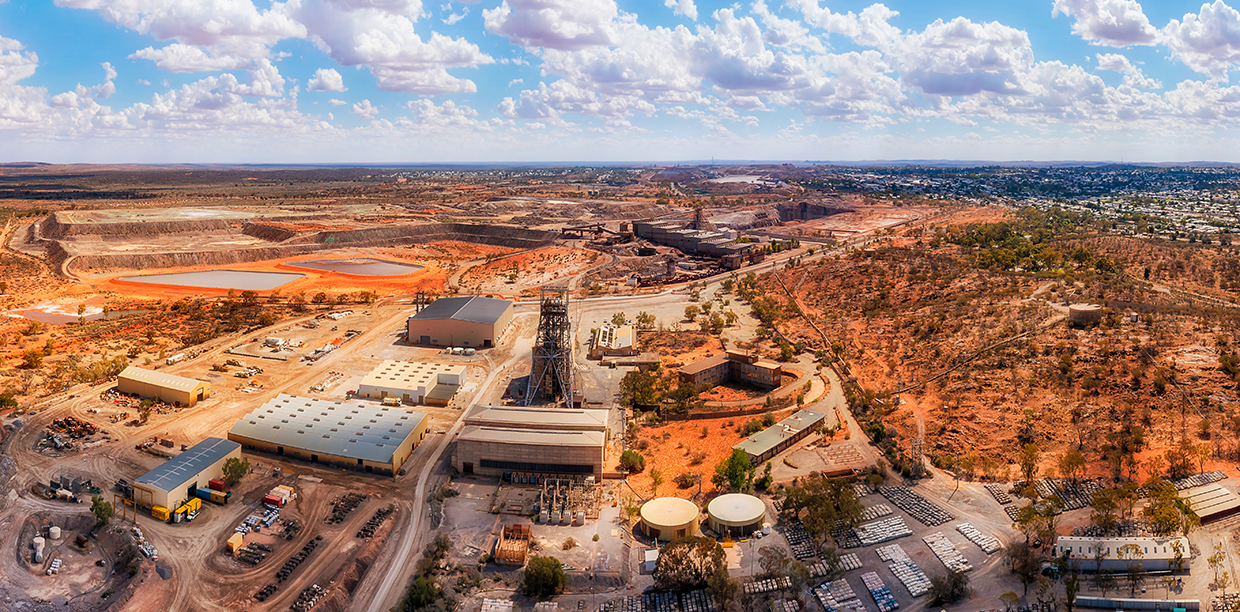Solution Challenges
01
Support for commercial-scale decarbonization deployments.

02
Investments in Gigatonne scale CO2 transport, storage, and management infrastructure.

03
Fiscal and investment support mechanisms for the adoption of clean energy systems.

04
Policy driven business incentives for decarbonization.

05
Policies aimed at environmental and social justice – tax incentives, income redistribution, reskilling & redeployment of people.

06
Investment, technology and policy support for developing nations.

Next
Back

